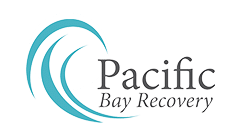Many people are familiar with the 12 step program addicts undergo when attempting to heal from their addiction problems. While this program is important, it is not always enough by itself. After patients complete medical detox, inpatient treatment is often recommended to help the patient down the right road to recovery. Inpatient recovery typically addresses holistic measures to help the person better cope with his or her addiction.
For addicts to fully recover, and live a healthy life, treatment must address both psychological and medical components of addiction. Addressing both parts typically leads to better outcomes. Inpatient rehabilitation provides access to physicians who prescribe medication to help change brain chemistry, curb alcohol or drug cravings, and reduce or eliminate the unpleasant symptoms associated with withdrawal. Inpatient programs typically last for 90 days or three months. Research shows that 90-day programs produce success rates that are more than double the success rates of 30-day programs. After completing the inpatient rehabilitation, 12 step programs are more likely to succeed.

Many people are hesitant to consider inpatient treatment because they cannot work. While this may discourage some, most companies offer medical leave for their employees. After inpatient care is completed, patients are eased into an outpatient program, at which point they can begin working again. In many cases, by the point a patient comes into inpatient rehabilitation, they have already lost their job due to their addiction. Fortunately, many inpatient clinics help patients to find new jobs as part of their recovery. The goal of inpatient rehabilitation is to help patients adjust to a healthier way of living. This means all parts of life, including work, are taken into account. Help with resumes, interviews, and determining their new path in life is all part of the rehabilitation process.
When initially beginning inpatient therapy, phones are taken away. While patients do have the ability to call their families, it may be an initial shock. As the patient continues to make progress, certain rewards and incentives, such as the phone, are given back to the patient. Drug testing is typically done daily to help monitor levels in patients. While it may seem like inpatient rehabilitation comes with a lot of “rules,” the rules are designed to help the patient break the unhealthy cycle, and regain control of his or her life. New habits are introduced in place of old habits. Some of these healthy habits include yoga, counseling, personal training, massage therapy, cognitive behavioral therapy, nutrition, and meditation.
Inpatient rehabilitation is an important step in living a healthy, alcohol, and drug-free life. Inpatient recovery bridges the gap between medical detoxification and outpatient therapy. While inpatient recovery does require more cost and more missed work, it is a three month period that doubles the patient’s chance for success when compared to the standard 30-day program. The longer a person stays in treatment, the more time that person has to develop the necessary skills to remain abstinent. Inpatient recovery is a major investment. However, it is an investment in your health and life that has been scientifically proven to pay off in the long run.

